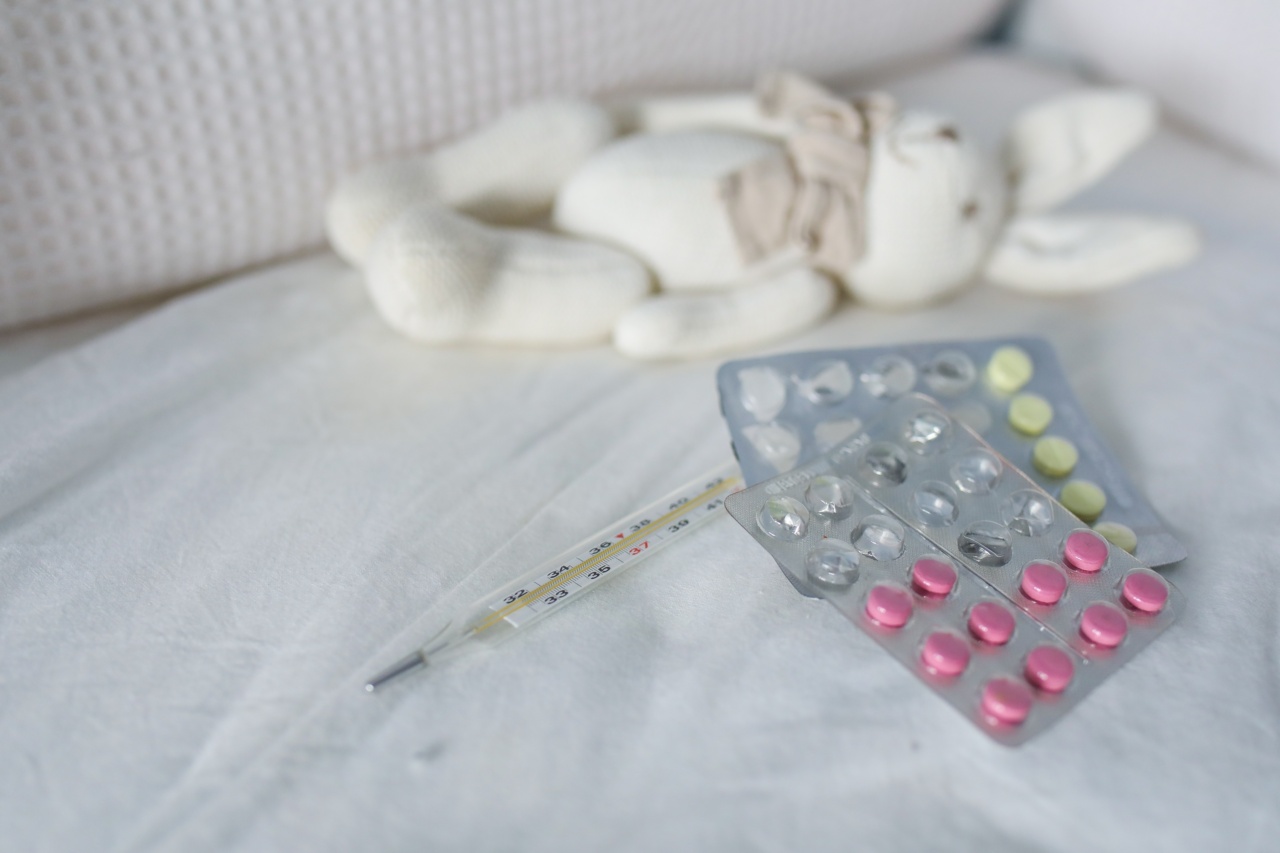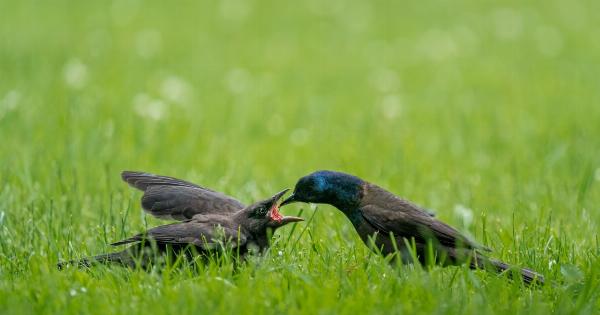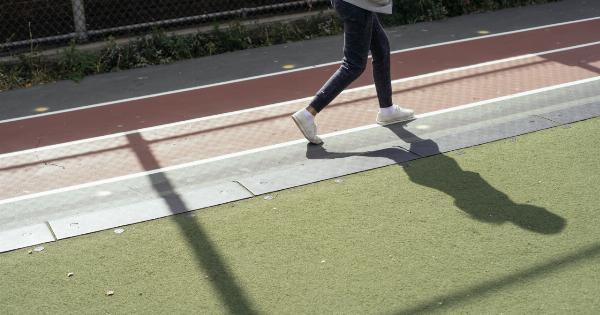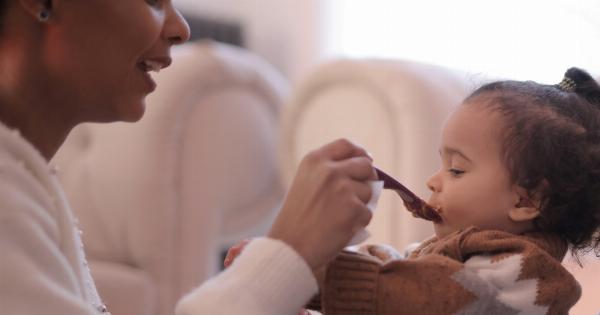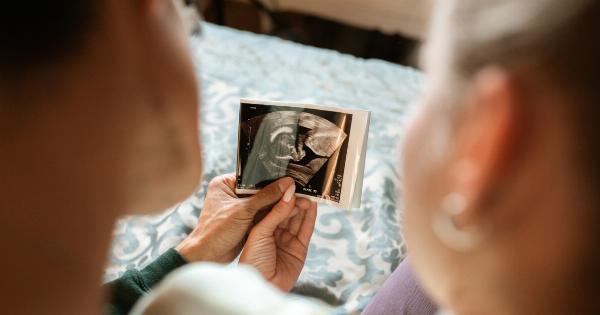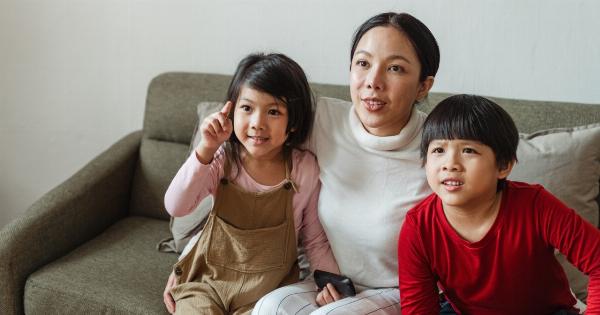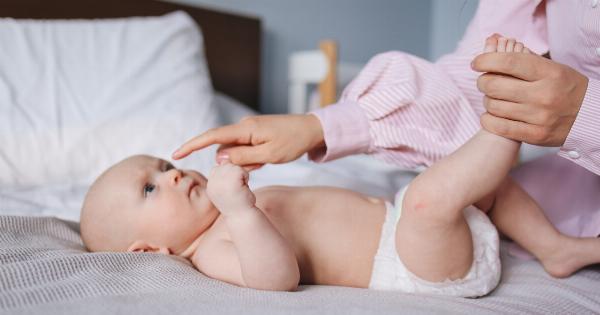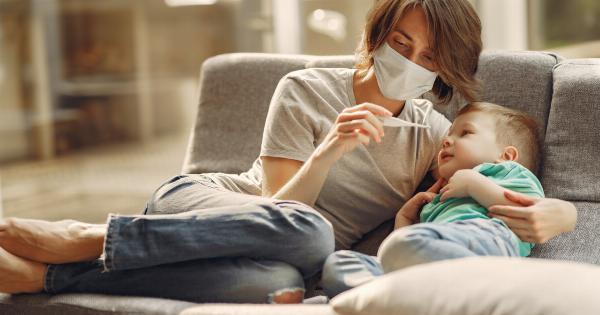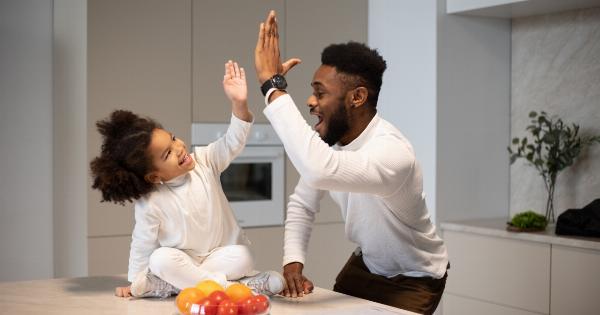Migraines are intense headaches that can last for hours or even days. They are more common in adults, but they can also affect children.
Childhood migraines can be very different from adult migraines, and understanding the symptoms and treatment options is essential for parents.
What Are Migraines?
Migraines are a type of headache that is characterized by severe pain and pulsing sensations. They can also cause other symptoms such as nausea, vomiting, and sensitivity to light and sound.
Migraines can last for hours or even days, and the pain can be so severe that it interferes with daily activities.
What Causes Migraines?
The exact cause of migraines is unknown, but research suggests that they may be due to a combination of genetic and environmental factors. There are several triggers that can cause migraines, including:.
- Stress
- Lack of sleep
- Changes in weather
- Dietary triggers, such as caffeine and chocolate
- Hormonal changes
- Physical activity
Symptoms of Childhood Migraines
Childhood migraines can be very different from adult migraines. In some children, the symptoms may be less severe or less frequent. However, many of the symptoms are the same. Here are some common symptoms of childhood migraines:.
- Headaches that last from 2 to 72 hours
- Throbbing or pulsating pain on one side of the head
- Nausea and vomiting
- Sensitivity to light and sound
- Visual disturbances, such as flashing lights or zigzag lines
- Lightheadedness or fainting
- Abdominal pain
Treatment for Childhood Migraines
The treatment for childhood migraines depends on the severity and frequency of the symptoms. Here are some common treatment options:.
1. Over-the-counter medications
Over-the-counter pain relievers such as ibuprofen and acetaminophen can help to relieve the pain of migraines. However, it is essential to follow the dosage instructions carefully and speak to a doctor before giving any medication to children.
2. Prescription medications
If over-the-counter medications do not provide relief, a doctor may prescribe stronger pain relievers or preventative medications.
Medications such as triptans can help to relieve the pain of migraines, while beta-blockers and antiepileptic drugs can help to prevent migraines from occurring.
3. Lifestyle changes
There are several lifestyle changes that can help to prevent migraines in children.
Encouraging children to eat regular meals, get enough sleep, and avoid triggers such as caffeine and chocolate can help to reduce the frequency and severity of migraines.
4. Relaxation techniques
Stress and anxiety can trigger migraines, so relaxation techniques such as deep breathing, meditation, and yoga can be helpful in reducing the symptoms of migraines in children.
When to See a Doctor
If your child experiences frequent or severe headaches, it is essential to speak to a doctor. A doctor can help to diagnose the cause of the headaches and recommend an appropriate treatment plan.
Conclusion
Childhood migraines can be very different from adult migraines, and understanding the symptoms and treatment options is essential for parents.
Over-the-counter and prescription medications, lifestyle changes, and relaxation techniques can all be helpful in treating childhood migraines. If your child experiences frequent or severe headaches, it is essential to see a doctor for a diagnosis and treatment plan.
